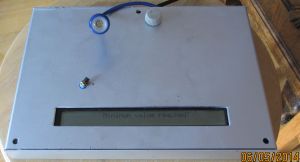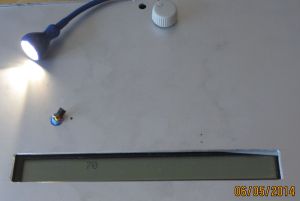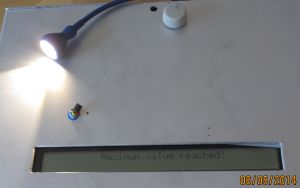As I mentioned in previous post, I might use those DS1820-sensors. And I did. Platform is the same, but enhanced by one little but mighty sensor. (Actually that sensor can be seen in previous post also.) Those little things are packed full of technology. They look like an ordinary transistor but that fools you a lot. They measure temperature quite a wide range (–55°C to +125°C) and convert analog readings to digital in no time. Multiple sensor can work in the same line because every one of them have it’s own unique serial number. They have also some other tricks in their sleeve, your favorite search engine will tell to you a lot about them.
When measured temperature is already converted to digital values, it is easy to get those values to Arduino, for example. Code is in Git. Code is released under gnu gpl 3 and is patched together from others contribution with a little bit of my own code.
This apparatus measure temperature values and shows them in Celsius degrees in LCD. Video below.


